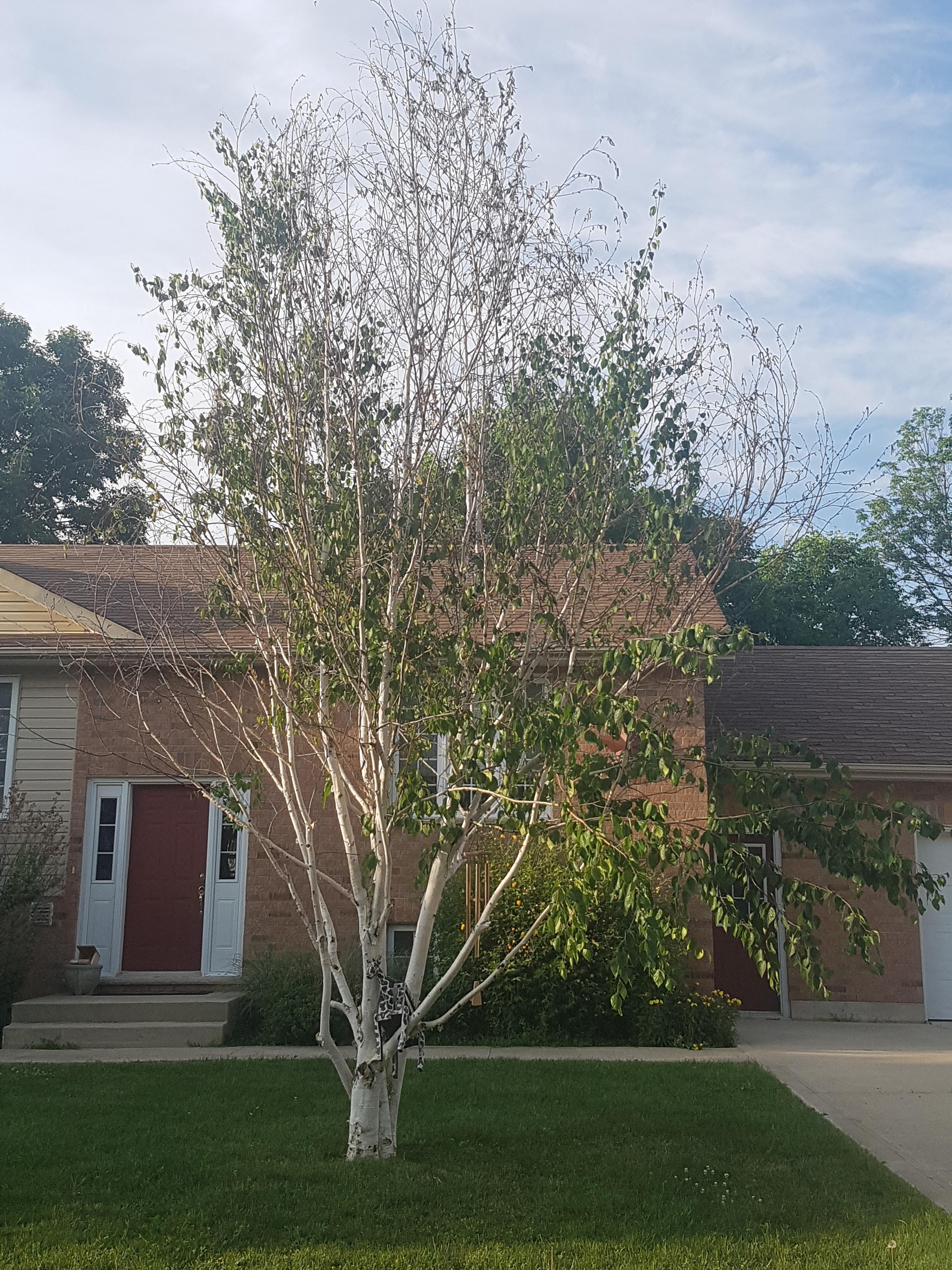The Bronze Birch Borer Crisis: An Emerging Ecological Nightmare
In this article, we delve into why the bronze birch borer is a critical issue for Victoria and what steps are being taken to mitigate its impact.

The Bronze Birch Borer Crisis in Victoria, BC: An Emerging Ecological Nightmare
Victoria, British Columbia, renowned for its lush gardens, towering trees, and breathtaking coastal vistas, is facing an ecological threat that jeopardizes one of its most cherished natural icons: the birch tree. The bronze birch borer, a destructive insect native to North America, has been causing severe damage to birch trees in the region, posing a risk to the local ecosystem, landscaping aesthetics, and potentially affecting property values. In this article, we delve into why the bronze birch borer is a critical issue for Victoria and what steps are being taken to mitigate its impact.
Indicators and Damage Assessment
The bronze birch borer (Agrilus anxius) manifests through a set of distinct symptoms, most notably the discoloration and premature shedding of foliage, thinning canopies, and dead branches in the crown. The bark of infected trees will also reveal raised welts and D-shaped exit holes, the unmistakable calling cards of this devastating insect.
In Victoria, the borer's damage is becoming increasingly visible, especially in urban areas where birch trees are commonly used in both public and private landscaping. The impact begins at the crown and progresses downward over time, often leading to the eventual death of the tree. For a city that prides itself on its natural beauty, the visual and environmental consequences are more than just superficial.
The Biological Lifecycle: A Relentless Predator
Understanding the borer's life cycle is crucial for developing effective treatment and control strategies. In the more temperate climate of Victoria, the life cycle of the bronze birch borer is generally a year-long process. Adults emerge between early June and August, with a lifespan of approximately three weeks during which they feed on birch leaves and lay their eggs. Larvae then bore through the bark, disrupting the tree's vascular system as they carve zigzagging galleries filled with frass, or digested sawdust-like borings.
Ecological Consequences
The bronze birch borer poses not just an aesthetic but also an ecological problem. Birch trees play a crucial role in local ecosystems. They provide habitat for a variety of bird species, contribute to soil fertility through their leaf litter, and act as a natural filtration system for water. The loss of these trees has downstream effects on local flora and fauna, leading to a decrease in biodiversity and altering nutrient cycles.
Current Mitigation Strategies
Various preventative measures and treatment options are currently being explored in Victoria. Chemical treatments are one approach, but their ecological implications have led many to advocate for more sustainable solutions like proper tree care, including adequate watering and fertilization. Some experts also recommend planting more resilient species such as the native paper birch (Betula papyrifera), which has shown some resistance to borer attacks. However, given the insect's propensity for attacking stressed trees, broader ecological strategies, such as improving overall soil and water quality, may also be essential for long-term control.
Expert Help
The bronze birch borer is an urgent and escalating concern for the city of Victoria, BC. Its creeping invasion is both an immediate threat to the city's iconic birch trees and a long-term challenge for local ecosystems. The situation demands concerted efforts from both governmental agencies and individual citizens for its mitigation. While chemical treatments may offer temporary respite, sustainable, ecologically-friendly strategies are required for lasting control and preservation of Victoria's cherished landscapes.
